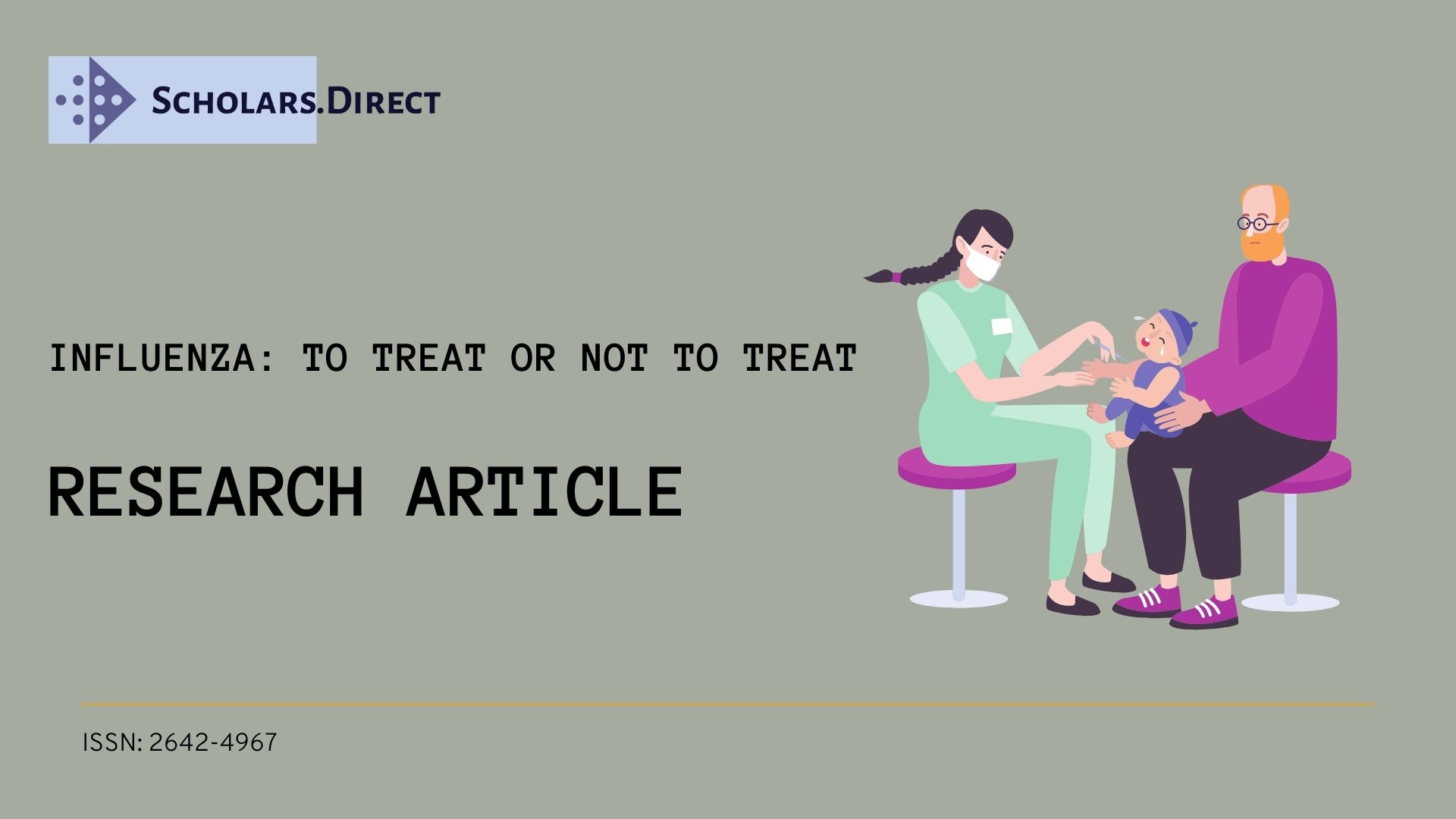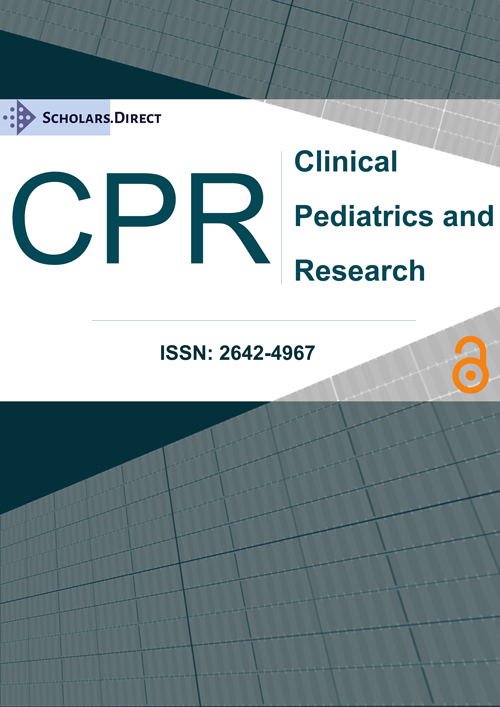Influenza: To Treat or Not To Treat
The current recommendation is unless an individual is at high risk for influenza complication, to not start anti-influenza medication if delayed more than 48 hours after onset of symptoms [1-3]. This recommendation was the result of clinical investigation design and data submitted to the FDA for licensure, routine shortages of influenza medications and a concern of evolving antiviral resistance. After 24 to 72 hours of antiviral treatment, virus replication has been slowed if not stopped.4 Individuals with untreated influenza may be contagious and spread the virus for 7 days or longer if high risk after the onset of symptoms [4-7]. Children and some individuals may be contagious for an even longer period of time. They may continue to spread the virus to additional family and friend contacts. They may be improved and even recovered returning to work or school but still being contagious. Today there are more options for the treatment of influenza with generic Tamiflu and Xofluza being added to the market. To minimize the spread to susceptible individuals and worsen influenza spread, it may be time to change the recommendation to treat all individuals with influenza no matter the timing for treatment initiation.
References
- Fiore A, Fry A, Shay D, et al. (2011) Antiviral Agents for the Treatment and Chemoprophylaxis of Influenza: Recommendations of the Advisory Committee on Immunization Practices (ACIP). MMWR Recomm Rep 60: 1-24.
- Center of Disease Control and Prevention (2019) Influenza Antiviral Medications: Summary for Clinicians.
- Maldonado Y, Zaoutis T, Banerjee R, et al. (2019) Recommendations for Prevention and Control of Influenza in Children, 2019-2020. Pediatrics 144: e20192478.
- Hayden F, Sugaya N, Hirotsu N, et al. (2018) Baloxavir Marboxil for Uncomplicated Influenza in Adults and Adolescents. N Engl J Med 379: 913-923.
- Chen X, Lui S, Goraya M, et al. (2019) Host Immune Response to Influenza A Virus Infection. Front Immunol 9: 320.
- Hu Y, Lu S, Song Z, et al. (2018) Association between adverse clinical outcome in human disease caused by novel Influenza A H7N9 virus and sustained viral shedding and emergence of antiviral resistance. Lancet 381: 2273-2279.
- AartjanV, Ervin E (2017) Influenza Virus RNA Polymerase: insights into the mechanisms of viral RNA synthesis. Nat Rev Microbiol 14: 479-493.
Corresponding Author
Michael W Simon, MD, PhD, University of Kentucky, Lexington, KY, USA.
Copyright
© 2021 Simon HJ, et al. This is an open-access article distributed under the terms of the Creative Commons Attribution License, which permits unrestricted use, distribution, and reproduction in any medium, provided the original author and source are credited.





